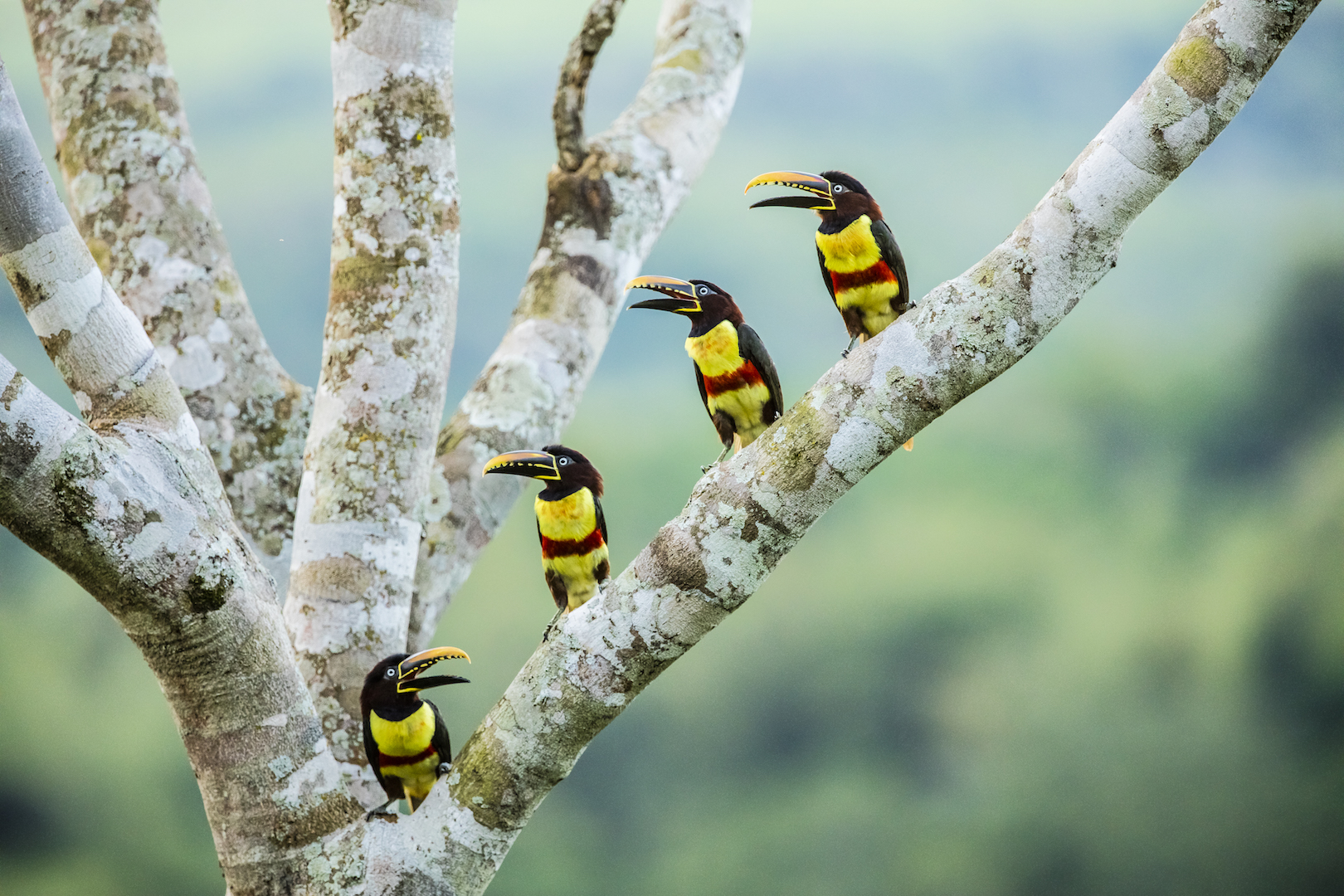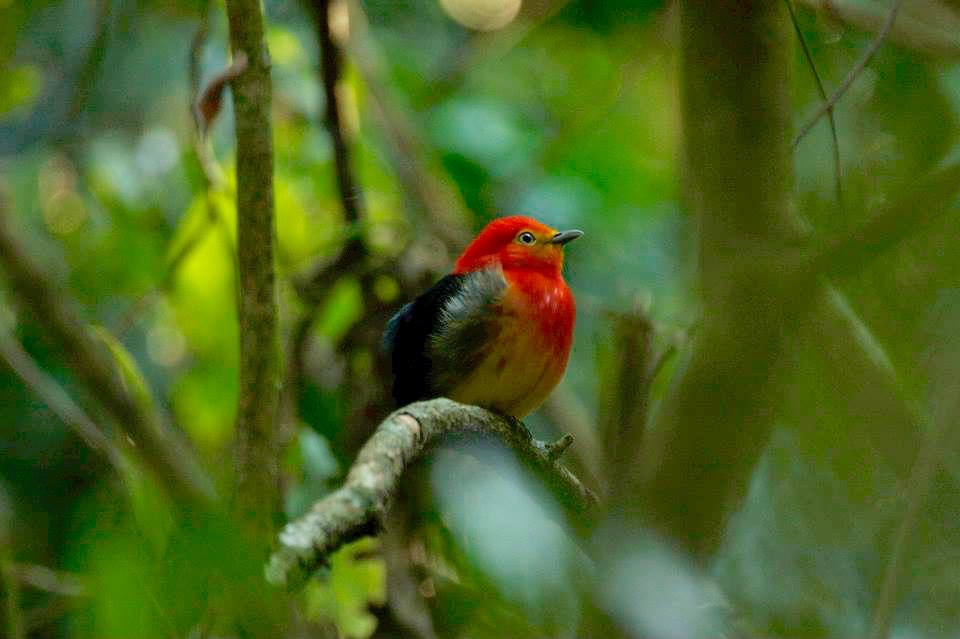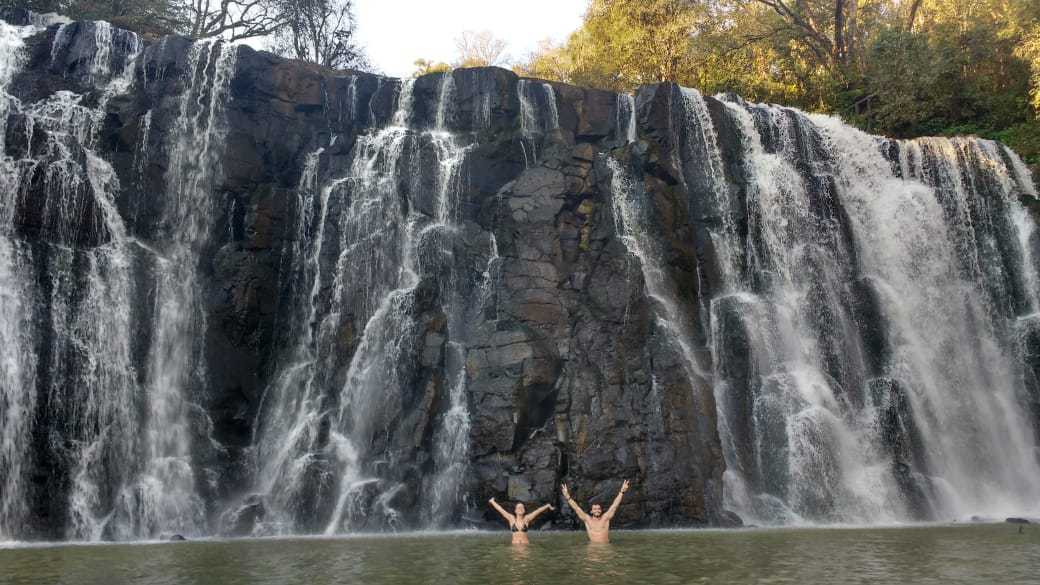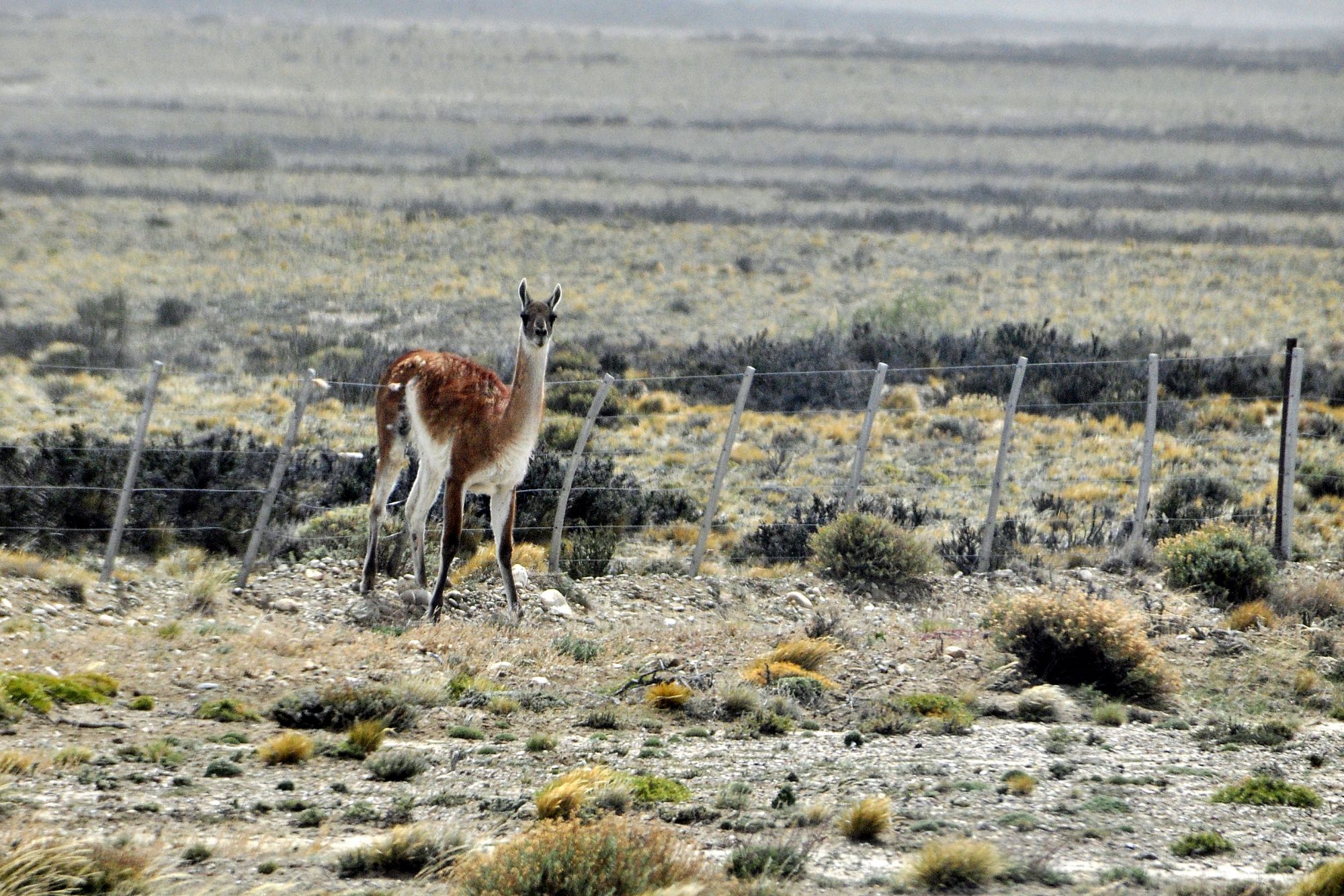In Misiones Province, you can find the ideal place for nature lovers, birdwatchers, photographers and anyone willing to isolate themselves from everyday life: La Lorenza.
Emilio and Picu, a couple passionate about nature, share their private reserve with those who are willing to discover a different Iguazú. They define it as a secret spot beyond the famous waterfalls and off the beaten track.

La Lorenza is 50 minutes away from the city of Iguazú, immersed in a forest rich in biodiversity, medicinal plants, orchids, bromeliads, butterflies, and birds, many of them endemic to the ecoregion. Located on the Paraná River, the reservation is also a rural area where local families live and work the land.

It is possible to discover La Lorenza, through Half Day or Full Day discoveries which include a close encounter with nature within the reserve. We would like to recommend two of them.

LA LORENZA WALK & KAYAK, starts with a 30 min walk through the forest that will take you to the Urugua-i river bank where the kayaks will be waiting. Its calm waters are easy to paddle, an invitation to observe the forest in a different perspective and to perceive with all your senses the surrounding nature.

You will have the chance to watch the second largest river in South America go by: the Paraná river. After 2.5 miles of kayaking, you will be back on land. A 45 minutes guided walk through the forest, immersed and surrounded by local flora and fauna to observe and learn, will take you to a deck overlooking the river with a privileged view. The visit ends at this unique place with a local appetizer. Although this activity i s suitable for beginners, it is required to be able to swim.

The other recommendation is LA LORENZA BY WATER. Upon arrival at La Lorenza a motor boat will be waiting for you to navigate up the Paraná River. After 15 minutes you will reach the Yasy cascade, a local hidden gem. In the intimacy of this breathtaking natural landscape, you can go for a swim and maybe even allow the waterfall to give you a massage. On the way back, you can enjoy a brief float down the Paraná River as we enjoy its calm waters. With a view of Paraguay on our private deck, by the bank of the Paraná River, a local appetizer will be offered. This is a good time to share endless local stories and curiosities.

A swim in the river or bathing under the Yasy cascade is possible and enjoyable as there are no aggressive animals in its waters.
If you would like to take part on any of these options at La Lorenza or learn more about other possible discoveries in this unique location, please contact us for more information.
GENERAL INFORMATION
LA LORENZA BY WATER
OUTINGS . It is offered 2 daily outings:
AM: from 9.00am to 12.30 pm. PM: from 4:00 pm to 7:30 pm. During the winter season, from May to August, it is suggested to depart 1 hour before.
INCLUDED IN THE EXCURSION : Private bilingual guide English/Spanish. Hand sanitizer, hand fans, poncho raincoat. Private motorboat ride. Simple local appetizer. Water, and natural juice with seasonal fruit. Transfers.
NOT INCLUDED
Transfers to La Lorenza
“Picada de la Selva” -Heavy appetizer with drinks.
LA LORENZA WALK & KAYAK
OUTINGS . It is offered 2 daily outings:
AM: from 9.00am to 12.30 pm. PM: from 4:00 pm to 7:30 pm. During the winter season, from May to August, it is suggested to depart 1 hs before.
INCLUDED IN THE EXCURSION :
Private bilingual guide English/Spanish.
Simple local appetizer. Water, and natural juice with seasonal fruit.
Hand sanitizer and poncho raincoat.
Sit on top kayaks.
NOT INCLUDED
Transfers to La Lorenza
“Picada de la Selva” -Heavy appetizer with drinks.
Be aware that from Iguazu to La Lorenza are 45/50 min drive.
















